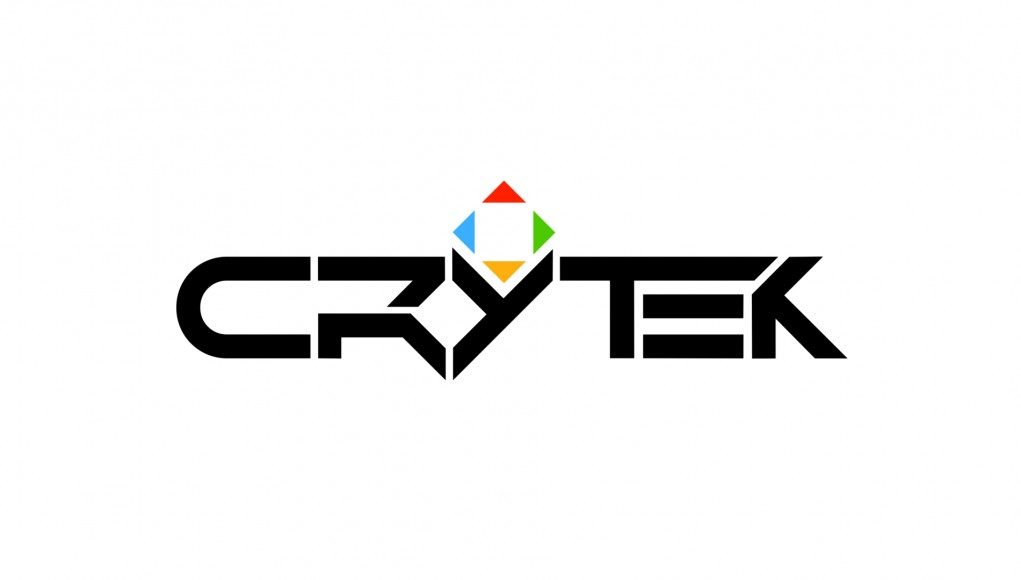Oculus recently published the first installment of their ‘Developer Perspectives’ video playlists, detailed on the developer blog. Crytek’s VR movement research is presented by Julius Carter, Game Designer at the studio behind award-winning VR games
Artificial VR locomotion—moving the player around the virtual world in ways that takes them beyond their available physical space—is an ongoing challenge for VR developers, due to the need to traverse virtual environments larger than the real play space, and its potential to cause disorientation and nausea if done incorrectly.
In order to figure out what would and wouldn’t work in the context of VR locomotion, Crytek has run a vast number of experiments, many of which informed the locomotion design of their first two VR titles, The Climb and Robinson: The Journey. Over the coming weeks, Crytek says they they will publish some 40 videos exploring those experiments and the thinking behind them. The videos will be added over time to this YouTube playlist which presently has seven already published:
Some conventional locomotion techniques, established over decades of screen-based game development, such as WASD, joystick inputs, and button sprinting can cause discomfort for some users in VR, whereas others, such as button jumping, don’t seem to be much of a problem. Alternative rotation methods like snap turning or ‘compass rotation’ have proven to be successful at reducing the chances of nausea, and variations of this are found in many VR titles as a ‘comfort mode’ option.
These methods, together with some problematic alternative tests, such as ‘scaling rotation’, where real head rotation is amplified in VR, are explained in the first set of videos. Carter also describes the importance of using an appropriate test environment for the type of experience you’re creating, and the challenges involved in testing so many types of locomotion. Much of this information will be familiar to VR developers, but it’s a useful starting point for those new to the medium.







